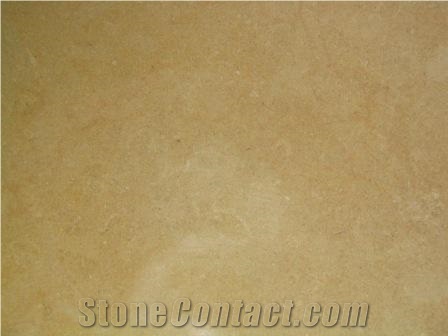What is Limestone?
Limestone is a sedimentary rock composed mostly of calcite and aragonite. Many limestones are composed from skeletal fragments of marine organisms, such as coral or foraminifera. Limestone makes up roughly 10 percent of total volume of sedimentary rocks. Limestone is formed by sediment from the bottom of the ocean and skeletal remains from animal life and also plant waste comprised over thousands of years.
Other limestone is formed from evaporated water, which left behind deposits. These deposits form stalagmites and stalactites in moist caves. Limestone can be compressed for thousands of years in the ocean, until pressure pushes the limestone through the water and unto land to form hills, turrets and also towers.
What are the Characteristics of Limestone?
Limestone that does not have any impurities is a pure white or off-white. However, if there are impurities in the limestone, it can be green, purple, pink, yellow and almost any color. Limestone is prevalent in most parts of the world. It is found naturally in the broken shells and calcite crystals that wash up on beaches.
What is Limestone used for?
The Greeks and Romans used to decorate the facades of their temples with limestone and marble. Since then, limestone has been popular and used as an architectural landscape.
 Home
Home
 Stone Shop
Stone Shop
 Shopping Cart
Shopping Cart
 Suppliers
Suppliers
 Products
Products
 Stone Library
Stone Library
 Stone Fair
Stone Fair
 Post Need
Post Need
 Message
Message
 Favorites
Favorites
 Get App
Get App
 Logout
Logout



 Jordan
Jordan


